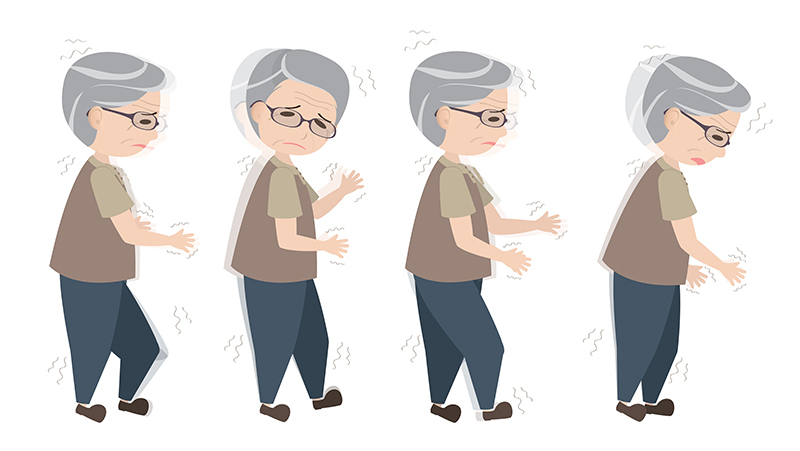Unusual Movement Disorder Seen in Group of Gaucher Type 3 Patients in Sweden

A Swedish group of Gaucher patients showed clinical features never previously reported in this disease — a rapid and repetitive dystonia-like hyperkinetic movement disorder that may be unique to this group of people, researchers reported.
The study, “Novel hyperkinetic dystonia-like manifestation and neurological disease course of Swedish Gaucher patients,” was published in the journal Blood Cells, Molecules and Diseases.
Gaucher disease is classified into three principal clinical subtypes, according to the presence of neurological manifestations and the rate of the disease progression. Gaucher type 3 (GD3) is characterized by later onset and slower progression compared to the acute form of neuronopathic Gaucher disease, type 2. Type 1, the most common form of Gaucher disease in the West, is not marked by brain abnormalities (is non-neuronopathic).
While the type 1 is found throughout Sweden, certain regions in the northern part of this country are particularly affected by type 3 Gaucher disease.
Researchers performed a nationwide study and examined both the neurological manifestations and clinical disease course in 12 patients with Gaucher’s disease type 3, and 13 patients with type 1.
The neurological evaluation was performed according to standardized assessments, and patients were rated according to the modified Severity Scoring Tool every six months. At baseline and at the third year of follow-up, patients underwent the University of Pennsylvania Smell Identification Test, the Montreal Cognitive Assessment, and the Hospital Anxiety and Depression Scale.
The research team detected a marked clinical heterogeneity in both type 3 and type 1 patients. Some with type 3 disease showed a never-before-reported phenomenon of rapid and repetitive dystonia-like hyperkinetic movement disorder. (Dystonia, a movement disorder, is marked by sustained contractions in opposing muscle groups, causing twisting or repetitive movements and abnormal postures).
Most GD3 patients had an abnormal horizontal gaze, ataxia (i.e., loss of full control of bodily movements), and focal epilepsy. Some also had cognitive impairment, anxiety, and hyposmia (reduced ability to smell and to detect odors).
Some patients with type 3 disease — specifically, six of the 12 — passed age 40 without developing additional symptoms (i.e, parkinsonism, a clinical syndrome characterized by tremors; bradykinesia, a slowness of movement, rigidity, and postural instability, a disease that shares symptoms but is different from Parkinson’s disease). Two GD1 patients, in contrast, had parkinsonism.
Researchers concluded that, while these Swedish patients with Gaucher disease type 3 and type 1 are clinically stable over time, some exhibit clinical features previously uncategorized, which — although possibly unique to this population — expand the phenotype for this disease.



